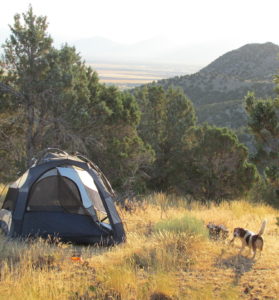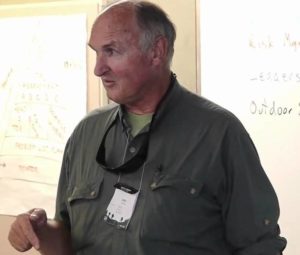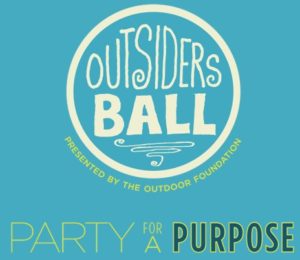“I only went out for a walk, and finally concluded to stay out till sundown, for going out, I found, was really going in.”
John Muir
Reality is scary and boring.
 Wilderness is beautiful and tiresome.
Wilderness is beautiful and tiresome.
Getting Out is serene and challenging.
Getting Out, however, might not rate when stacked against the clean, quick, and quantifiable routines offered by technology and domesticity, That’s especially true if those routines have become automatic. Everyone knows the power of habit.
Somewhere between frontiersmen times and now, getting out into the wilderness was a default recreation for many of us. It started with the woods behind the house and expanded from there. Getting out offered a chance to indulge our escapism, to affirm our belief in self-sufficiency, and to connect with something bigger than ourselves. We got out not because we had to, but because we wanted to enjoy what wilderness offered. We learned to crave it.
Hefting a backpack.
Summiting a peak.
Pitching a tent.
Breathing hard.
Getting grimy.
Testing sore muscles.
Following maps.
Hunting grouse.
Swatting mosquitoes.
Catching fish.
Building campfires.
Feeling.
Forget about the black footed ferret, now WE are endangered. Soon enough, the camping family may be in museums (That’s camping without television and toilets. RVing does not count.)
Next month, the big Outdoor Retailer expo at the Salt Palace is throwing a kickoff gala, a “Party with a Purpose.” The purpose? “To tackle the growing divide between young people and nature.”
John Gookin has been watching that divide. He’s the curriculum and research manager at the National Outdoor Leadership School in Lander, Wyoming. He was also my instructor for a NOLS trip, decades ago.
Like many of us, Gookin hung out in the woods a lot when he was a kid.
“Now, Moms don’t say, ‘Go outside and play.’ They say, ‘Go to your room and play,’” he said.
Fewer and fewer students come to NOLS with any previous backcountry experience, he told me. “They are in more of a raw state and they aren’t as fit.”
Indeed, wilderness education programs (WEPs) like NOLS are becoming increasingly crucial for introducing concepts and habits which many of us learned as kids of camping parents: Leave No Trace, simple living, environmental stewardship.
Research shows that WEPs can and do have a significant impact on how students view the wilderness and what they do with that information. But as researcher Besty Lindley of Utah Valley University found, most NOLS students already come with some wilderness-minded ideas and ideals. The course “enhanced a preexisting love,” said one interviewed student.
In other words, NOLS and similar WEPs are like liberal arts colleges, mostly the domain of the privileged.
How do we reintroduce wilderness to the masses when the trend is one of urbanization? How do we help them learn to crave it?
- Do we reach them through retail? (We report from the Outdoor Retailer.)
- Outreach? (We talk with Estee Rivera Murdock of the National Park Service.)
- Public education? (We check out the idea of “Forest Monday” in schools.)
And, contrarily, is all this effort worth it? What happens if we walk away?
To Note: Meet someone who’s bucking the trend. My son, Beau Gaughran, documents his travels and adventures through photo and film. Check out his Instagram account here.
Check out related content on our sister site, BestHorsePractices: The umbrella idea of Beasts of Being, making horses newly relevant and recognized in the 21st century.



